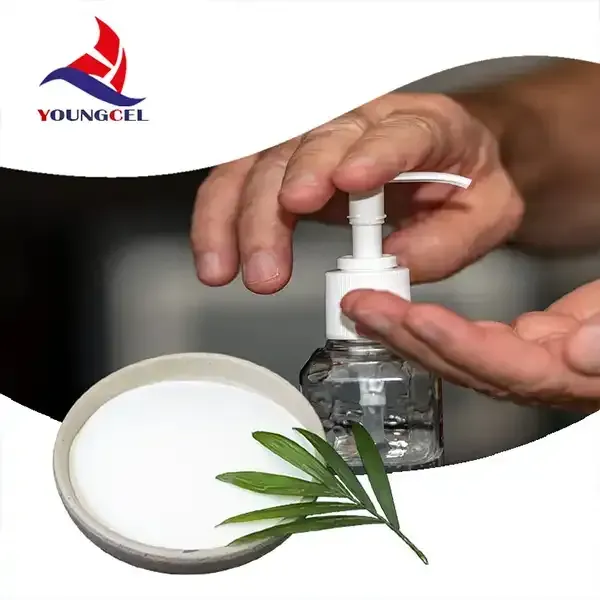Understanding Cellulose Ether Hydroxypropyl Methylcellulose (HPMC)
Cellulose ethers are a class of compounds derived from cellulose, one of the most abundant organic polymers found in nature. These ethers modify the physical properties of cellulose, allowing it to be used in various applications across multiple industries. Among the cellulose ethers, Hydroxypropyl Methylcellulose (HPMC) stands out for its remarkable versatility and functionality.
What is HPMC?
HPMC is a non-ionic, water-soluble polymer produced through the chemical modification of cellulose. The process involves the substitution of hydroxyl groups in the cellulose molecule with hydroxypropyl and methyl groups. This modification enhances cellulose's solubility and thermal stability, making it suitable for a broad range of applications, particularly in the pharmaceutical, food, cosmetic, and construction industries.
Key Properties of HPMC
1. Water Solubility HPMC is known for its outstanding solubility in water, forming a gel-like substance when mixed. This property makes it an excellent thickening agent in various formulations.
2. Viscosity HPMC solutions exhibit a pseudoplastic behavior, meaning their viscosity decreases under shear stress. This characteristic is critical in applications where easy mixing and flowability are essential, such as in paints and adhesives.
3. Stability HPMC is stable across a wide range of pH levels and temperatures, contributing to its effectiveness in various formulations and processes.
4. Film-Forming Ability HPMC can form thin, flexible films upon evaporation of water. This property is exploited in coating and binding applications, offering a protective barrier in food and pharmaceutical products.
5. Biocompatibility Particularly relevant in pharmaceuticals and cosmetics, HPMC is generally recognized as safe (GRAS) by regulatory agencies, making it suitable for various health-related applications.
cellulose ether hpmc

Applications of HPMC
1. Pharmaceutical Industry In pharmaceuticals, HPMC is widely used as a binder and a disintegrant in tablet formulations. It can also serve as a controlled-release agent, allowing for the gradual release of drugs in the body. Its film-forming properties make it apt for coating tablets, enhancing their stability and bioavailability.
2. Food Industry HPMC is employed as a thickener, emulsifier, and stabilizer in food products. It is particularly valued in gluten-free formulations, where it helps mimic the texture and moisture retention typically provided by gluten.
3. Construction Industry In construction, HPMC is used as an additive in cement-based products, improving workability, water retention, and adhesion properties. It is instrumental in the production of tile adhesives, plasters, and wall putty.
4. Cosmetic Industry HPMC serves as a thickening agent in various cosmetic formulations, including lotions, creams, and gels. Its ability to stabilize emulsions and enhance texture makes it a popular choice among cosmetic manufacturers.
Environmental Considerations
One of the noteworthy aspects of cellulose derivatives like HPMC is their relatively low environmental impact compared to synthetic polymers. As they are derived from natural cellulose, HPMC is biodegradable under the right conditions. This feature aligns with the growing demand for sustainable products across industries, addressing environmental concerns associated with plastic waste.
Conclusion
Hydroxypropyl Methylcellulose (HPMC) exemplifies the potential of cellulose ethers in modern applications. Its unique properties and versatility make it an indispensable ingredient in pharmaceuticals, food, construction, and cosmetics. As industries continue to prioritize sustainability and safety, HPMC is likely to play an increasingly significant role in developing innovative products and solutions that meet both consumer and regulatory demands. The future of cellulose ethers, particularly HPMC, is promising, heralding a new era of eco-friendly possibilities.
-
The Application and Significance of Construction RdpNewsMay.19,2025
-
Industrial Grade HpmcNewsMay.19,2025
-
Building Coating Adhesive Building Coating Adhesive HpmcNewsMay.19,2025
-
Application Of Hpmc For Detergent For Detergent In DetergentsNewsMay.19,2025
-
Application Of Hpmc Cellulose In Cement-Based MaterialsNewsMay.19,2025
-
Application Of High Quality Hpmc For Construction In The Field Of ConstructionNewsMay.19,2025




